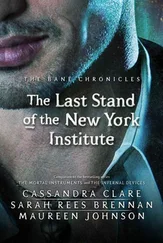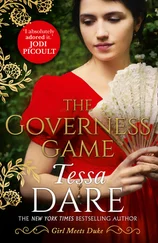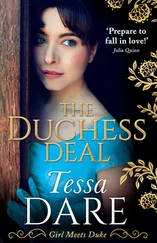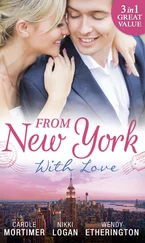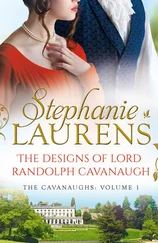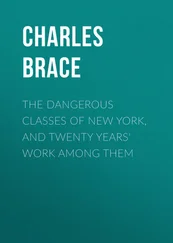Desmond used to say, “I was unfashionable before anyone knew who I was,” and “I’m not hostile enough to be currently acceptable.” He said being white made him part of “the real underground.”
Despite his unfashionableness with the critics—he was very melodic, and his music was easy to follow—Desmond won the Down Beat readers’ poll as best saxophone player eleven times (only once did he win the critics’ poll). Joe Goldberg wrote that the Dave Brubeck Quartet, with its popularity on college campuses, was “the most maligned, and possibly the most affluent” small group in jazz in the fifties. Brubeck made the cover of Time in 1954, but by the early sixties, Desmond said, “most jazz fans wouldn’t be caught dead listening to us anymore.” Still, the group has “picked up a whole new audience. Just people.”
He meant people like Bruce Jay Friedman who made no claim to being jazz buffs. Desmond had many literary fans and friends, for he had once thought of being a writer, studied writing at San Francisco State, and was an avid reader who kept up with everything and everyone in contemporary literature. I met him at a party at Bill Cole’s in 1959. He was standing in a group where a chic woman was holding forth on “Goodbye, Columbus” when she noticed Desmond, no doubt knew he was a saxophone player, and unnecessarily explained, “It’s a story by a young writer named Philip Roth.” Desmond nodded politely, not bothering to mention he had read everything Roth had written.
Desmond was genuinely unassuming, shy, and good-natured, and I was delighted to spend an evening with him in New York a decade after I’d moved up to Boston. I’d come down to promote my novel Starting Over , which was just published, and Abbey Hirsch, the ultimate publicist, was working on the tour for me. She had a dinner date with Desmond and asked me to join them, I think as consolation for having survived a horrendous radio call-in show she had booked me on, and we went to the French Shack, and after dinner we went to Desmond’s apartment, which was close by, at 55th and Sixth. We drank brandy and Paul entertained us, talking of the autobiography he was writing, How Many of You Are There in the Quartet? (He swore it was the question most commonly asked him.) He wondered if we knew it was possible to play music by pressing the buttons of a telephone; each button made a different note, he explained. Paul picked up his Touch-Tone phone and, nodding his head to the rhythm, played “My Funny Valentine” on the buttons. Full of brandy and a good meal, listening to Paul Desmond play the telephone, I knew I was back in New York, and I loved it.
Even my friends who made no claim to being real buffs had some acquaintance with jazz, some favorite place they went to hear it, and sometimes the style they liked naturally reflected their inclinations in politics and literature.
“I’ve always loved jazz,” Bill Buckley says, “and I went to Nick’s now and then to hear Dixieland—I wasn’t interested in innovative jazz, I wasn’t able to catch up with them. I used to go to Hanratty’s bar to hear a graduate of Columbia named Dick Wellstood. He became a leading jazz piano player, in the opinion of Nat Hentoff.”
Sometimes proximity or style of music determined a person’s jazz hangout, and Gay Talese found both to his taste at the Hickory House, on 52nd Street, when he worked at the Times . “I used to go sit at the oval bar to hear Marian McPartland, or to impress a date I sat at a table and ordered drinks,” Talese says. “When I worked at night, I left the paper at eight or nine, or at one or two if I was on rewrite, and I’d go to hear jazz. I loved McPartland, George Shearing and Don Shirley. They were wonderful stylists.”
A stylist himself in journalism, Talese admired stylists of jazz.
My own progression in amateur jazz appreciation, and that of many of my friends, is expressed by the journey Richard Lingeman describes: “I started on 52nd Street to hear Dixieland, went down to Eddie Condon’s, then graduated to the Five Spot.” In my own pilgrimage, I stopped along the way at Birdland, the Village Vanguard, the Village Gate, and the Half Note, but I knew the Five Spot was special, and marked one’s graduation to the new jazz of the era.
“The Five Spot,” Nat Hentoff says, “was the most significant jazz club since the clubs of Chicago in the twenties where Louis Armstrong played. The house group was Thelonious Monk with John Coltrane. Musicians and lay people lined up three and four deep to get in. The Half Note was just a mainstream jazz club like the Village Vanguard—it had Zoot Sims, Jimmy Rushing, Al Cohn. They had good groups, but not the new exciting thing, like Monk and Coltrane. The Five Spot was different. Monk gave the club an aura. I went there three or four nights a week just getting into it. I remember one night Coltrane came off the stand and was looking destitute. I asked what’s wrong, and he said, ‘I missed the turn with Monk and it was like stepping into an empty elevator shaft.’ And of course Charlie Mingus played there too.”
The Five Spot figures in almost everyone’s memories of the time. During a conversation with Helen Tworkov about her book Zen in America , I happen to mention that the day before I was talking to Nat Hentoff about a jazz club I used to go to called the Five Spot.
“Oh, I know it well,” Helen says. “I used to work there.”
“Were you a jazz musician?” I ask.
“No, I was the hatcheck girl.”
Helen explains that her father, the painter Jack Tworkov, had a studio on the Bowery across from the Five Spot. He was one of the group of abstract expressionists, along with de Kooning, Kline, Rothko, and others, who rented lofts in the area. “My father and other painters went to the Five Spot after finishing work in the afternoon.” It was the painters who encouraged the owners, Joe and Iggy Termini, to bring in jazz musicians to play. “The Terminis didn’t know who the artists or musicians were—the scene was self-made. It wasn’t like some entrepreneur said, ‘Let’s start a jazz club.’ It was all underground word of mouth.”
Later Helen sends me copies of entries from her father’s diary that mention trips to the Five Spot:
Monday/Feb/10 … Went to Five Spot at ten—to hear Kenneth Koch read poetry—to jazz accompaniment. Also to music by Marty. Marty was a flop. Koch amusing in an intelligent way. All the old club there. Always amusing to see each other in a public place, as a crowd, a group.
Monday/Feb/24 … Later in the evening—the Five Spot. Guston—Rothko, Motherwell and others. Arnold Weinstein and to jazz.
Helen grew up in Manhattan and went to the Dalton School, where, she says, “I read ‘Howl’ illegally in the auditorium. I didn’t think On the Road was a great novel, but more like an avatar of liberation.” In search of her own liberation, she hung out in Washington Square.
“After Dalton I went to the University of Cincinnati, but I fled after a year and came back to New York, and my parents said I had to be on my own and have my own apartment. I got one on West 14th Street for $42 a month. I worked as the hatcheck girl at the Five Spot and made $50 for a Sunday night. The Terminis didn’t take a cut, so I was following the formula of a quarter of your wages for rent. Maybe the Terminis gave me a deal, no kickback on what I made in tips, because of knowing my parents.”
Some of the painters who frequented the Five Spot with Jack Tworkov were the friends who first introduced David Amram to the club. Amram thinks part of the affinity of painters and jazz musicians in the fifties was that they shared a common experience: “The struggle painters had was like that of jazz musicians. People still thought that if art wasn’t from Europe it was worthless. Jazz was an accepted art form in Europe in the fifties, but only a small group of people recognized it here. Miles and Bird were playing an incredibly sophisticated kind of music, like spontaneous chamber music at the best level.
Читать дальше

